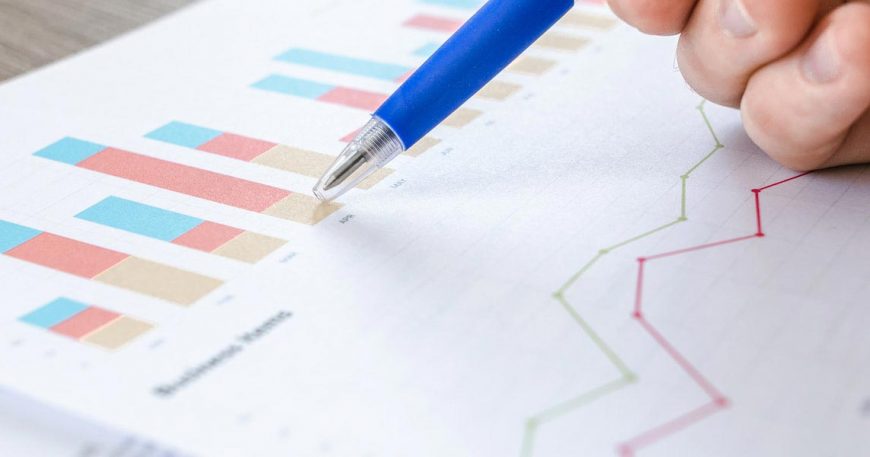You must be familiar with Big Data and the endless possibilities that come with it. The big data market is huge, but there is a lot more to the story than Big Data. Today, I would like to bring your attention to Small Data which, contrary to its name, just might be the Next Big Thing.
Lindstrom, the branding expert and bestselling author, seems to share our opinion as he breaks away from the marketing herd in his new book titled, “Small Data: The Tiny Clues That Uncover Huge Trends”.
Lindstrom believes that we have become so focused on Big Data that we tend to forget about the basic concepts and creativity. He defines Small Data as “seemingly insignificant observations you identify in consumers’ homes, is everything from how you place your shoes to how you hang your paintings”. Therefore, he believes that in order to mine and find correlations, one should perfectly master the basics, Small Data.
What Is Small Data?
Small data is data that is small enough for human comprehension. It is data in a volume and format that makes it accessible, informative and actionable. [Wikipedia]
According to the Small Data group, Small Data connects people with timely, meaningful insights (derived from Big Data and/or “local” sources), organized and packaged – often visually – to be accessible, understandable, and actionable for everyday tasks.
Difference Between Big Data and Small Data?
Big Data is basically all about finding the correlations, but Small Data is all about finding the causation, or the reason why. We can comprehend Big Data by reducing the data into small objects representing various aspects of large data sets (like charts and histograms).
Big Data |
Small Data |
|
Source |
Data is generated from external sources i.e. Social media, device data, images, etc. | Data is generated within the enterprise i.e. from CRM system, web transactions, and financial data. |
Volume |
Terabytes to Zettabytes. | Gigabytes to Terabytes. |
Speed |
Real-time. | Near real-time. |
Variety |
Structured, Unstructured, Multistructured. | Structured, Unstructured. |
Value |
Complex, advanced, predictive business analysis and insights. | Business intelligence, analysis, and reporting. |
Why Integrate Small Data with Your CRM?
Get More Personal
With Small Data, you can get more personal both in terms of your ability to adapt your marketing and sales efforts to the needs of your customers and also in terms of the data your business CRM captures.
Small data allows you to tailor your marketing campaigns specific to different customer groups like B2B buyers and e-commerce buyers. You can get valuable insights into the visitor’s online behavior which allows you to choose the best channels to reach and engage with them. In short, Small Data’s integration into your CRM can give a personalized experience at every stage of the customer lifecycle.
Get Real-Time Insights
With Small Data, all the useful customer data is at your fingertips allowing you to make real-time decisions. The information together with CRM helps you to understand the buying decisions of different prospects. Apart from improving the process of lead generation and sales, this also revolutionizes the way you market to your customers.
Get Immediate Return on Investment
Being simple and manageable, Small Data deliver results more quickly. Small Data, together with the CRM, allow the collection of daily information about the user behavior and then pushes this information directly to your sales and marketing teams. This reduces the time spent on compiling unnecessary data and also proactively improves customer relationships.
The Bottom Line!
The Forbes experts are now of the view – “Forget Big Data, Small Data is driving the internet of things”.
Small data is real-time, actionable data and can be easily collected within your CRM. Together, Small Data and CRM can revolutionize how you approach sales and marketing for ages to come.
Be part of the revolution. Contact us for your FREE CRM Consultation session.




